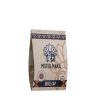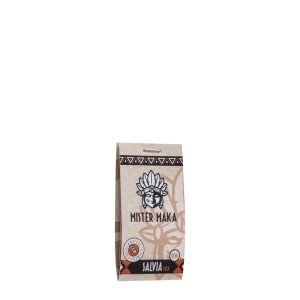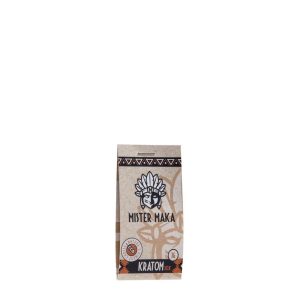WILD DAGGA: A MILD PSYCHOACTIVE HERB
There appears to be an innate behaviour in humans to seek out and ingest consciousness-altering plants, and we happen to have access to an astonishing array of them—one of which is wild dagga.
Known by its scientific name Leonotis leonurus, wild dagga is a plant native to Southern Africa that has been compared to cannabis due to the effects it produces when smoked. As well as exhibiting psychoactive properties, the plant has also shown interesting therapeutic potential.
DESCRIPTION AND ECOLOGY
Wild dagga is found in abundance in its native habitat of damp grasslands. Specimens can grow up to 2m vertically and around 1m in width. The plant has been recognised for its attractive aesthetics, and is sometimes found fulfilling the role of an ornamental plant, boasting bright orange blossoms and a spiky crown.
PSYCHOACTIVE EFFECTS
Wild dagga is known to harbour mild psychoactive effects. Interestingly, the indigenous name for cannabis in South Africa is “dachab”, which “dagga” is derived from. The name of these plants isn’t the only thing that they have in common.
Smoking the dried plant material isn’t the only way to ingest wild dagga. The herb can also be decocted into water to make a tea.
The chemical constituent believed to be responsible for the psychoactive properties is leonurine. This molecule has been found to exhibit antidepressant-like effects in mice. However, there is some controversy around the presence of this molecule in wild dagga. Although it is found within plant species of the same family as wild dagga, the Lamiaceae family, the molecule has never been found within wild dagga via chemical analysis.
TRADITIONAL USE
In more recent times, science has had a chance to analyse aspects of this plant. However, it has been used rather extensively in traditional medicine as a remedy for a whole host of ailments and conditions.
Parts of the plant’s anatomy, such as the flowers, seeds, leaves, and stems, are used to create infusions. These preparations are then used to attempt to treat a variety of conditions.
The roots, leaves, and bark of wild dagga are also used traditionally as a means to induce vomiting when subjected to snake bites and scorpion and bee stings.
TOXICOLOGY AND SAFETY
Plants affect many different people in any different ways. Those considering using wild dagga should do their own research to make sure the plant is suitable for them. Contraindications with medications are possible, and those with health conditions should consult a medical professional. Consumption is not recommended during pregnancy.
Toxicology studies performed in rats found that high doses contributed towards adverse effects on organs and blood cells.
LEGALITY
Wild dagga has been classified as an illegal substance within Latvia and Poland since 2009.
Gerelateerde producten
Herbs
Herbs
Herbs
Herbs
Herbs
Herbs











